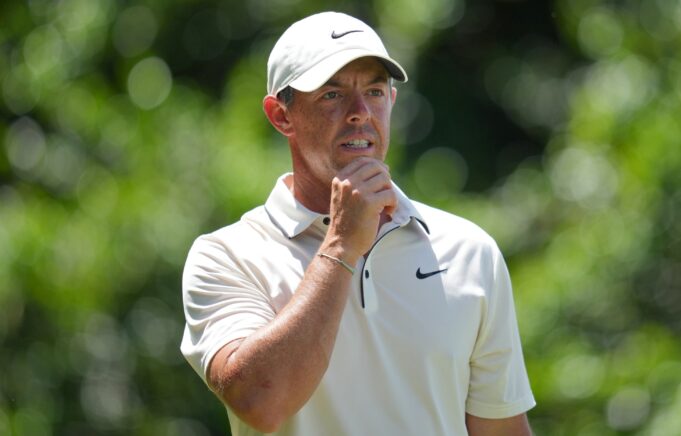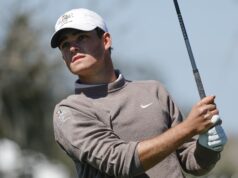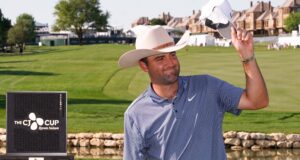Rory McIlroy has never been one to shy away from a big moment — until now. The four-time major winner, fresh off one of the most stirring finishes of his career at Augusta, entered the PGA Championship at Quail Hollow with momentum, confidence, and a red-hot storyline.
What followed was silence. Four days. No interviews, no clarification, no comments. Just Rory, walking through the storm without offering a word.
When the Microphones Went Cold
McIlroy’s stance on media obligations isn’t exactly a mystery. Just weeks ago at the Masters, he supported Collin Morikawa’s stance that players aren’t required to speak to the press — though Rory admitted Morikawa “could have worded it a little better.”
He acknowledged that, unlike other sports, the PGA Tour doesn’t require post-round interviews. So yes, Rory had every right to opt out at Quail Hollow.
But the issue here isn’t about rights. It’s about narrative control. Because when you say nothing, you’re not just staying quiet — you’re leaving space for everyone else to speak for you.
And that’s exactly what happened.
A Blip Becomes a Boom

Let’s be real: if McIlroy’s driver did fail USGA conformance testing — which multiple reports suggest it might have — that alone isn’t scandalous. This is common. Pro golfers push their equipment to the absolute legal limits. After enough swings at 120+ mph, a driver face can bend, cave, or slide out of compliance. The PGA of America even clarified that players aren’t at fault when this happens.
But the driver isn’t the story. The silence is.
What could’ve been a one-paragraph blurb about a cracked club turned into a four-day saga. Why? Because Rory let it. By not stepping in front of a mic and saying something like, “Yeah, the driver didn’t pass testing, it’s not uncommon, I switched heads, and we move on,” he let speculation fill the void. Online sleuths started whispering about cover-ups.
Conspiracy theories popped up. And suddenly, the PGA Championship became less about Rory’s golf and more about his absence from the spotlight.
Why Now?
And that’s the real question, isn’t it? Why now? This is Rory McIlroy we’re talking about — arguably the most media-savvy, eloquent, and transparent golfer of his generation. He’s been a front-line voice during golf’s most controversial moments over the last five years, from LIV tension to PGA Tour politics. So why go dark at this moment?
Maybe he’s tired of being the face of the tour, tired of the questions, tired of the spotlight. Maybe he wanted to send a message about player autonomy. Or maybe — and this is where the silence starts to work against him — maybe it was the driver, and he just didn’t want to talk about it.
No matter the reason, what’s clear is this: McIlroy gave up control of his story. And for someone whose public image is as polished as his swing, that’s baffling.
The Cost of Silence
In the end, McIlroy’s week wasn’t defined by his play. It was defined by a lack of clarity — a void he chose to leave open. And in a world where silence invites speculation, that void filled quickly.
Rory may have had his reasons. But by choosing not to speak, he didn’t just dodge the noise — he amplified it.
For someone who knows how much words matter, Rory McIlroy’s decision to say nothing might’ve been the loudest thing he’s done all year.





